#corcovado mountain
Explore tagged Tumblr posts
Text


Since the early 20th century, the massive Christ the Redeemer statue has stood at the tip of the Corcovado mountain, spreading his arms and overlooking Rio de Janeiro.
Scaling nearly 40 meters from the base of its pedestal to the top of the figure’s head, the art deco sculpture is a landmark in Tijuca National Park and a busy destination for tourists.
Brazilian photographer Leonardo Sens has also set his sights on the cultural icon in recent years, hoping to catch a glimpse of the moon perfectly nestled within Christ’s hands.
After three years of observing celestial patterns and tracking the satellite’s position, Sens successfully captured the sought-after shot on June 4.
According to PetaPixel, he positioned himself on Icaraí Beach, which is about seven miles from the statue, and photographed the moon just as it passed behind the figure, who appears to hold the glowing orb in his outstretched palms in an act of divine alignment.
Sens frequently documents the skies and natural landscapes, and you can find more of his work on Instagram.


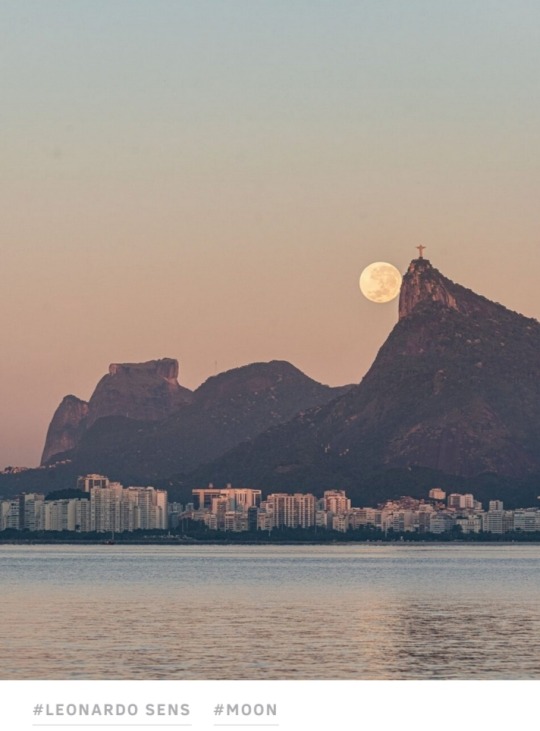
#Christ the Redeemer#Christ the Redeemer statue#Rio de Janeiro#Corcovado mountain#Tijuca National Park#Leonardo Sens#Icaraí Beach#Brazil#moon#photography#viral photos
53 notes
·
View notes
Text
#video#videos#brazil#christ the redeemer#rio de janeiro#corcovado mountain#art deco#paul landowski#Heitor da Silva Costa
0 notes
Text

6th May
Traffic Cop.
0 notes
Text
Have some WK crew in Disney World
I've been holding onto these for nearly 3 years now and never posted them. Better late than never, even if they do look shitty by my current standards.





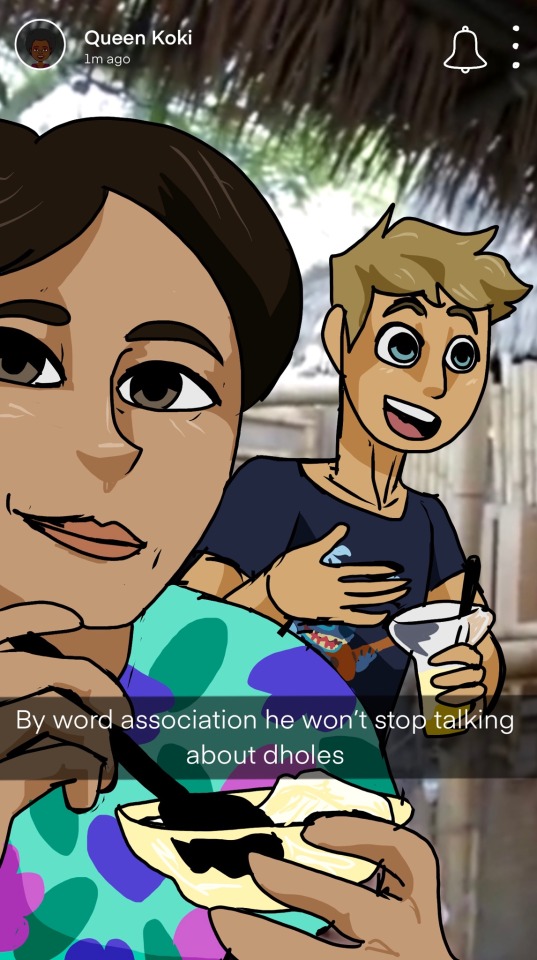
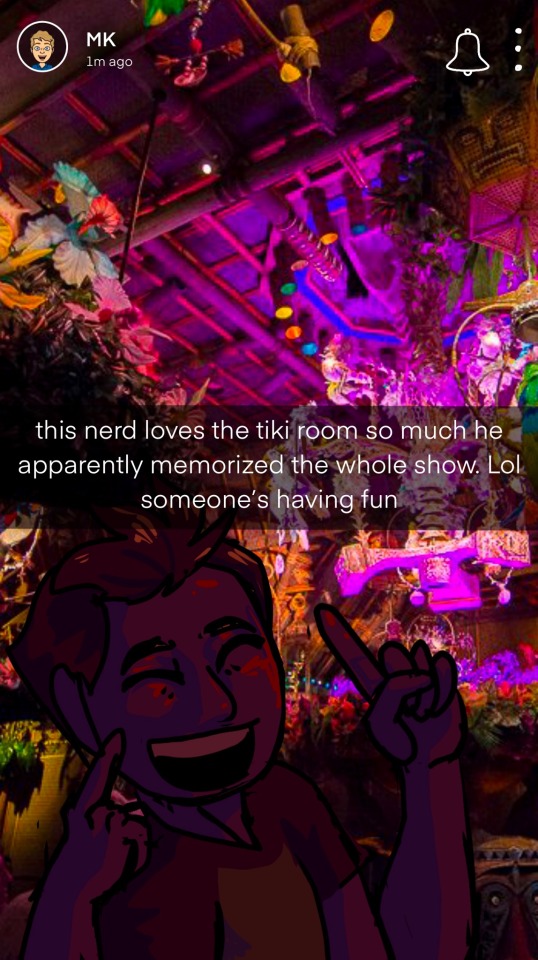
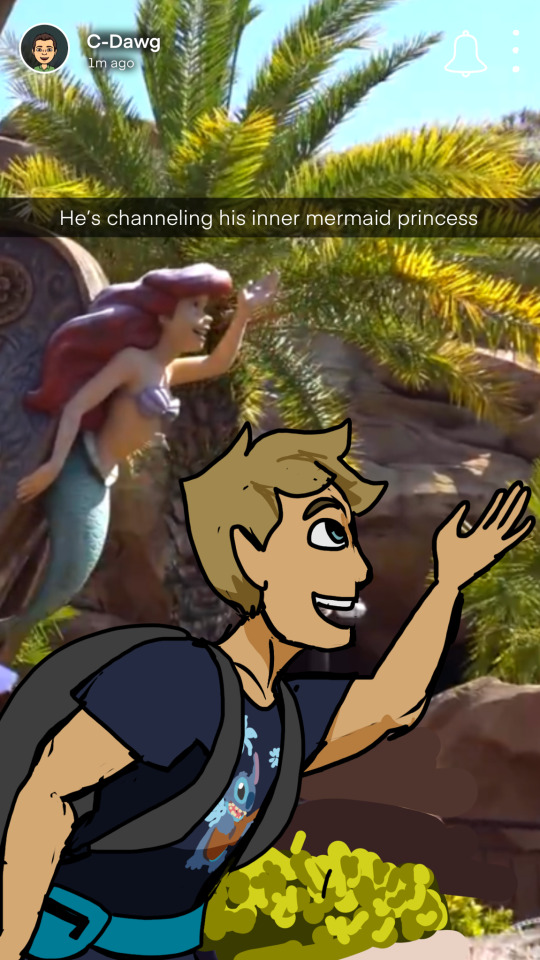
#lladyart#wild kratts#chris kratt#martin kratt#aviva corcovado#koki#jimmy z#there were gonna be others like a space mountain one and jimmy refusing to go on haunted mansion but#who has the time??#also better post these before i lose any more faith in disney lol
397 notes
·
View notes
Text

Corcovado mountain and Hotel Internacional in Rio De Janeiro, Brazil
Brazilian vintage postcard, mailed in 1913 to Limoges
#janeiro#historic#internacional#1913#brazilian#photo#briefkaart#vintage#hotel#limoges#mountain#sepia#photography#corcovado#carte postale#postcard#mailed#postkarte#postal#tarjeta#brazil#ansichtskarte#old#ephemera#rio de janeiro#de#postkaart#rio#hotel internacional
28 notes
·
View notes
Photo

Rio de Janeiro -2023-
#tobias bruns#photographers on tumblr#original photographers#rio de janeiro#sunset#black and white photography#urban landscape#urban photography#corcovado#mountains#b/w photography
25 notes
·
View notes
Text

A może by tak rzucić wszystko i wyjechać do Rio?
#tripandopl#tripando#brasil#brasilia#brasil🇧🇷#riodejaneiro#riodejaneirotrip#rio#río#corcovado#mountains#mountain#skyview#skyviewers#travel#travelingram#travelphotography#podróże#podroze#podróżowanie#podrozowanie#ameryka#amerykapołudniowa#amerykapoludniowa#brazylia#góry#góra
1 note
·
View note
Text
The house in which I lived was seated close beneath the well-known mountain of the Corcovado.
"Journal of Researches into the Natural History and Geology of the Countries Visited During the Voyage of H.M.S. Beagle Round the World, 1832-36" - Charles Darwin
1 note
·
View note
Text

Rio skyline night, Rio de Janeiro, Brazil: Rio de Janeiro is a huge seaside city in Brazil, famed for its Copacabana and Ipanema beaches, 38m Christ the Redeemer statue atop Mount Corcovado and for Sugarloaf Mountain, a granite peak with cable cars to its summit.
108 notes
·
View notes
Text
Brazil’s iconic Christ the Redeemer statue is caught in a battle between church and state

Perched high atop Corcovado Mountain, Christ the Redeemer is more than a religious symbol or tourist attraction — it’s an enduring icon of Brazilian identity. The Cristo Redentor, as Brazilians call it, is a postcard not only for the city of Rio de Janeiro but for the entire country.
The statue’s wide-open arms, spanning 92 feet, seem to personally welcome the more than 4 million visitors who make the trek to see the monument each year. But now, its management and future are at the center of a growing debate over religion, conservation, and governance.
In October, a bill was introduced proposing transferring the management of the land where the statue sits from federal oversight to the Catholic Church. Proponents argue that the church’s stewardship will resolve longstanding infrastructure and accessibility issues. Critics, however, see the move as a threat to Brazil’s secular state and its environmental commitments.
Continue reading.
#brazil#brazilian politics#politics#religion#environmentalism#image description in alt#mod nise da silveira
15 notes
·
View notes
Text

Christ The Redeemer - Rio De Janerio - Brazil
Christ the Redeemer (Portuguese: Cristo Redentor, standard Brazilian Portuguese: [ˈkɾistu ʁedẽˈtoʁ]) is an Art Deco statue of Jesus Christ in Rio de Janeiro, Brazil, created by French-Polish sculptor Paul Landowski and built by Brazilian engineer Heitor da Silva Costa, in collaboration with French engineer Albert Caquot. Romanian sculptor Gheorghe Leonida sculpted the face. Constructed between 1922 and 1931, the statue is 30 metres (98 ft) high, excluding its 8-metre (26 ft) pedestal. The arms stretch 28 metres (92 ft) wide. It is made of reinforced concrete and soapstone. Christ The Redeemer differs considerably from its original design, as the initial plan was a large Christ with a globe in one hand and a cross in the other. Although the project organizers originally accepted the design, it later changed to the statue of today, with the arms spread out wide.
The statue weighs 635 metric tons (625 long, 700 short tons), and is located at the peak of the 700-metre (2,300 ft) Corcovado mountain in the Tijuca National Park overlooking the city of Rio de Janeiro. This statue is the largest Art Deco–style sculpture in the world. A symbol of Christianity around the world, the statue has also become a cultural icon of both Rio de Janeiro and Brazil and was voted one of the New 7 Wonders of the World.
11 notes
·
View notes
Text

Francisco Coculilo. Rio de Janeiro com Corcovado ao fundo visto por Niterói. Rio de Janeiro with Corcovado mountain in the background seen from Niterói.
Франциско Кокулило. Рио-де-Жанейро с горой Корковадо на заднем плане, вид с города Нитерой.
3 notes
·
View notes
Text
Harper’s Bazaar announced Jessica Minh Anh’s upcoming fashion phenomenon in Rio de Janeiro, Brazil
On their latest edition, Harper's Bazaar announced Jessica Minh Anh's upcoming fashion show on the largest and most luxurious cruise ship in Brazil next month.

The show attracted media coverage from across 5 continents, building anticipation from all audiences and fans of the supermodel.



J Summer Fashion Show 2023 promises to bring a feast for the eyes with fashion collections from brands around the world against the majestic backdrop of Rio de Janeiro with symbols such as statues. Christ the Redeemer, Corcovado mountain and Copacabana beach. Along with that is a meaningful message about the intertwine between cultures and bold ideas.

2 notes
·
View notes
Text
Today's poem: by Bernadine Evaristo
#poetry#brazil#rio#amazon#belem#manaus#london#heritage#race#history#connection#journey#identity#bernadine evaristo
2 notes
·
View notes
Photo
Rio de Janeiro
City in Brazil
Rio de Janeiro is a huge seaside city in Brazil, famed for its Copacabana and Ipanema beaches, 38m Christ the Redeemer statue atop Mount Corcovado and for Sugarloaf Mountain, a granite peak with cable cars to its summit. The city is also known for its sprawling favelas (shanty towns). Its raucous Carnaval festival, featuring parade floats, flamboyant costumes and samba dancers, is considered the world’s largest.
Neighborhoods: Lapa, Rio das Pedras, MORE
Area code: 21

Founding of Rio de Janeiro on 1 March 1565
Painting Foundation of the City of Rio de Janeiro. Author: Antonio Firmino Monteiro (1855-1888).
Founded: 1 March 1565; 458 years ago
Highest elevation: 1,020 m (3,349 ft)
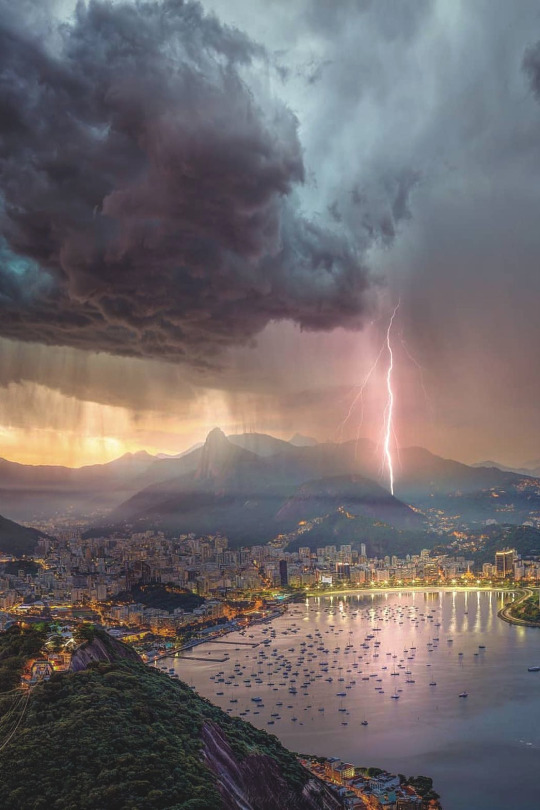
Rio de Janeiro, Brazil | shavnore
8K notes
·
View notes
Text
Exploring the Wonders of Costa Rica Flowers

Why Are Costa Rican Flowers So Special?
Several factors contribute to the extraordinary diversity and beauty of Costa Rican flowers:
Tropical Climate: Costa Rica’s tropical climate, with its abundant rainfall and consistent warmth, provides ideal conditions for a wide variety of plant life to thrive.
Diverse Topography: The country’s varied terrain, ranging from lush rainforests and cloud forests to arid coastal regions and volcanic mountains, creates a mosaic of microclimates, each supporting a unique assemblage of plant species.
Conservation Efforts: Costa Rica has a strong commitment to environmental conservation, with a significant portion of its land dedicated to national parks and protected areas. These efforts help safeguard the country’s rich biodiversity, including its stunning floral displays.
Orchids: The National Treasure
Orchids are undoubtedly the national floral treasures of Costa Rica. With over 1,500 species found within its borders, the country boasts one of the highest orchid diversities globally. These exquisite flowers come in a dazzling array of shapes, sizes, and colors, from delicate white blooms to vibrant purples and yellows.
Guaria Morada (Guarianthe skinneri): This majestic orchid, with its vibrant purple blooms, is the national flower of Costa Rica. It symbolizes the country’s beauty and resilience.
Ghost Orchid (Dendrophylax lindenii): This elusive and ethereal orchid is a true spectacle, appearing to float mysteriously in the air with no visible leaves.
Read More:
Waterfalls in Costa Rica
Ojochal Costa Rica
Montezuma Waterfalls
Llanos De Cortez Waterfall
La Leona Waterfall
Oropendola Waterfall
Best Area To Stay In Costa Rica
Heliconias: The Tropical Showstoppers
Heliconias, often referred to as “lobster claws” or “parrot flowers,” are another iconic floral group in Costa Rica. These flamboyant blooms come in a kaleidoscope of colors, including reds, oranges, yellows, and greens, and their unique shapes resemble bird beaks or lobster claws.
Heliconia rostrata: This striking species features long, pendulous bracts in vibrant shades of red and yellow.
Heliconia bihai: This robust species boasts large, paddle-shaped bracts in various colors, including orange, red, and green.
Hibiscus: The Beachy Vibe
Hibiscus flowers, with their large, showy blooms in vibrant colors like red, pink, yellow, and orange, are synonymous with tropical beaches. These cheerful flowers add a touch of vibrant color to gardens, parks, and coastal landscapes throughout Costa Rica.
Hibiscus rosa-sinensis: This popular species, also known as the Chinese hibiscus, is widely cultivated in gardens and parks across the country.

Exotic Finds: The Rarest Beauties
Costa Rica is home to a plethora of rare and exotic flowers, many of which are found nowhere else on Earth.
Passifloraceae (Passionflowers): This diverse family of flowers boasts an incredible variety of shapes and colors, with intricate floral structures that resemble miniature clock faces.
Bromeliads: These epiphytic plants, often found growing on tree branches, exhibit a wide range of shapes, sizes, and colors, including vibrant pinks, purples, and greens.
Anthuriums: These striking flowers, with their heart-shaped spathes and long, protruding spadices, come in a variety of colors, including red, pink, white, and green.
Where to See Costa Rica’s Flowers
Costa Rica offers numerous opportunities to experience the country’s floral wonders:
Cloud Forest Reserves: Monteverde Cloud Forest Reserve and the Children’s Eternal Rainforest are excellent destinations for observing epiphytic orchids, bromeliads, and other cloud forest specialties.
Rainforest Gardens: Lankester Botanical Garden and Wilson Botanical Garden are renowned for their extensive collections of orchids, heliconias, and other tropical plants.
National Parks: Manuel Antonio National Park, Corcovado National Park, and Arenal Volcano National Park offer opportunities to encounter a diverse array of wildflowers along hiking trails and within their lush ecosystems.
Local Markets: Explore local markets and roadside stands to discover a vibrant selection of fresh-cut flowers, including orchids, heliconias, and hibiscus.
Flowers and Costa Rican Culture
Flowers play a significant role in Costa Rican culture. They are frequently used for:
Decorations: Flowers are widely used to decorate homes, churches, and public spaces for special occasions such as weddings, festivals, and religious ceremonies.
Traditional Medicine: Many Costa Rican plants, including some species of orchids and heliconias, have medicinal properties and are used in traditional herbal remedies.
Art and Crafts: Flowers inspire local artisans, who incorporate them into various forms of art, including paintings, sculptures, and textiles.
Conclusion
Costa Rica’s floral tapestry is a testament to the country’s extraordinary biodiversity and its commitment to environmental conservation. From the ethereal beauty of orchids to the flamboyant displays of heliconias, the country’s flowers offer a feast for the senses, captivating visitors with their vibrant colors, intricate shapes, and unique fragrances.
By exploring the diverse ecosystems of Costa Rica and immersing oneself in the country’s rich cultural heritage, visitors can gain a deeper appreciation for the beauty and significance of these remarkable floral treasures. Click here
FAQs about Costa Rica Flowers
Q: What makes Costa Rica flowers so special?
A: Costa Rica’s unique climate, diverse topography, and strong conservation efforts contribute to its exceptional floral diversity.
Q: What is the national flower of Costa Rica?
A: Guaria Morada (Guarianthe skinneri), a vibrant purple orchid.
Q: What are some other famous flowers found in Costa Rica?
A: Heliconias, Hibiscus, Orchids (Ghost Orchid), Bromeliads, Passionflowers, Anthuriums.
Q: Where can I see Costa Rican flowers?
A: Cloud Forest Reserves, Rainforest Gardens, National Parks, Local Markets.
Q: Do flowers play a role in Costa Rican culture?
A: Yes, they are used for decorations, traditional medicine, and as inspiration for art and crafts.
Q: Are there any specific tours or activities related to flowers in Costa Rica?
A: Yes, many tour operators offer guided nature walks and botanical garden tours that focus on the country’s diverse flora.
0 notes